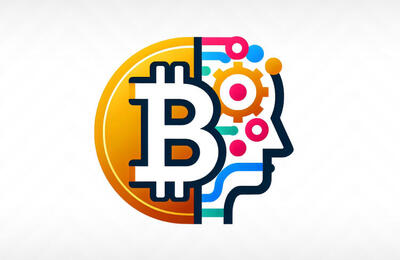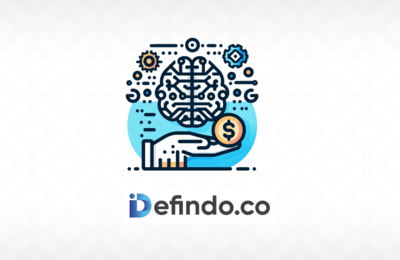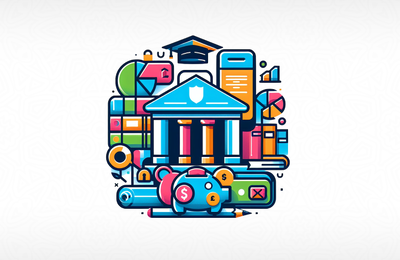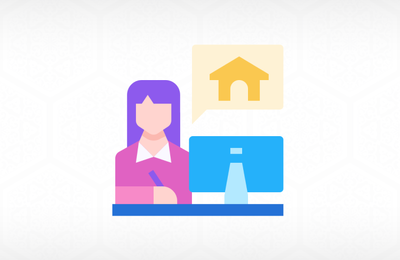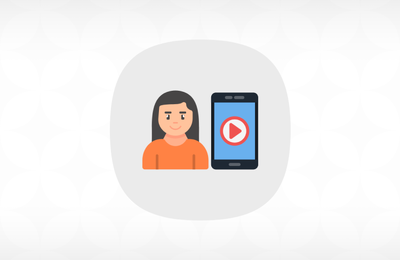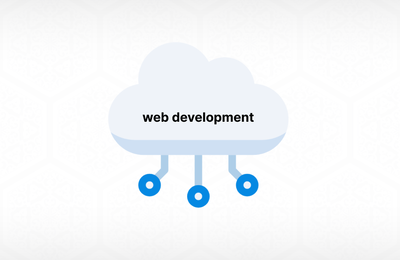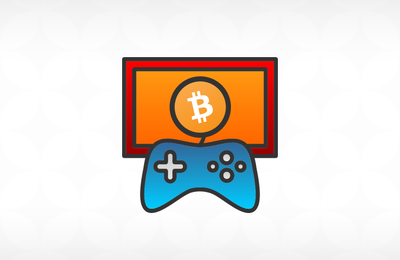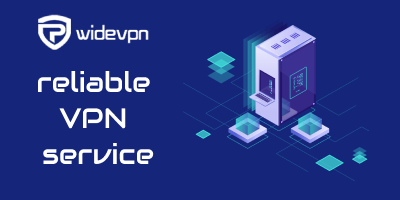
Changes are bound to happen in different aspects of life no matter how hard we try to withstand. An excellent example is in the gambling scene where diehards of in-person gaming had resisted online play for the longest time – until the Covid-19 pandemic when all brick-and-mortar casinos were shut down. While the iGaming scene was thriving even before the pandemic thanks to top-tier platforms like https://vulkanvegas.com/en, it took the lockdowns for some people to appreciate the beauty of online gambling.
In the world of reading and studying, today’s digital age has ushered in new advancements that are designed to simplify the process of accessing information and acquiring knowledge. Akin to mobile gaming via smartphones and tablet PCs, the emergence of tablets and e-readers has revolutionized how younger generations are learning today. Join us as we explore the benefits that readers and learners stand to gain when using these media and how such devices are shaping the future of education.
Benefits of Using E-readers and Tablets for Learners
Many researchers in the field of education have pointed out that a lot of studying is going on outside the conventional education settings that many of us were accustomed to growing up. With the discussions about the ever-changing digital age now coming to a crescendo, it is pleasant to see that education is not being left behind as an all-so-important facet of societal life.
Undeniably, due to the easy accessibility of tablet PCs and e-readers to today’s learners, healthy components of merits tag along. Here are a few of them:
- Quicker and more streamlined access to study material via the digitally advanced media;
- There’s a bridge for communication previously hindered by the classroom setting;
- Promoting a sense of responsibility to learners as they are more proactive in the studying process;
- Fostering independent thinking among learners in their pursuit of knowledge;
- Facilitating e-learning and eliminating the need for going to a physical classroom;
- Users get to carry an entire library of books with them wherever they go, in a single device – whether at work, on a commute, or just at home chilling;
- Through accessibility, the reading and learning culture is encouraged, thereby building an informed generation.
With the above and many more merits on the table, it’s no wonder that the use of these devices by students is catching on.
A More Dynamic Way to Learn
There is enough evidence that e-readers and tablets are boosting learners’ capacity to ingest the subject matter and augment their skills. Moreover, thanks to features such as touchscreens, multimedia integration, and interactive applications, tablet PCs and reading devices offer a dynamic approach to studying that perhaps could never have been achieved with the old methods of reading and learning. The interactivity offered by these two media promotes curiosity, generates interest, and generally makes studying enjoyable.
Cost-Effectiveness and Friendliness to the Environment
The perception of tablets and e-readers not being pocket-friendly learning and reading means couldn’t be further from the truth. Of course, the initial cost might be slightly higher than acquiring books, but after factoring in the long-term costs of having reading devices and tablets for studying, then you’ll discover how affordable they are.
Additionally, the shift towards e-readers and tablets has been a welcome move for our environment. Not only are these digital sources more affordable than print media in the long term, but they are also more environmentally friendly. The shift towards digital sources is guaranteed to reduce paper consumption which will, in turn, reduce deforestation and have loads of positive impact on the environment.
Cultivating Independent Learning Through Personalization
One of the most vital features that can be attributed to learning using reading devices and tablet PCs is the personalization of the learning experience. With these gadgets, students can adjust settings such as font size, volume, and background colors, to suit their reading strengths.
Thus, with tailored settings, the studying process becomes easier. What print sources fail to take into consideration sometimes is the varying strengths and weaknesses of their readers. As for these gadgets, whether you have an impairment, or you are facing difficulty grasping something, the solution may just be a setting adjustment away!
Do You Possess These Useful Devices?
It goes without saying that devices designed for reading together with tablet PCs are slowly taking over. However, the percentage of people utilizing these two options isn’t as significant as one might imagine. That isn’t a concern, though, it all goes down to accessibility. As more and more areas get access to enhanced levels of technology, these innovations will have an increased role in shaping the reading and learning cultures that have been developed.
How has your experience been with e-readers and tablets when it comes to learning? Are you a fan, or do you prefer the traditional pen and paper? Let us know right here in the comments section. We would love to hear from you.



